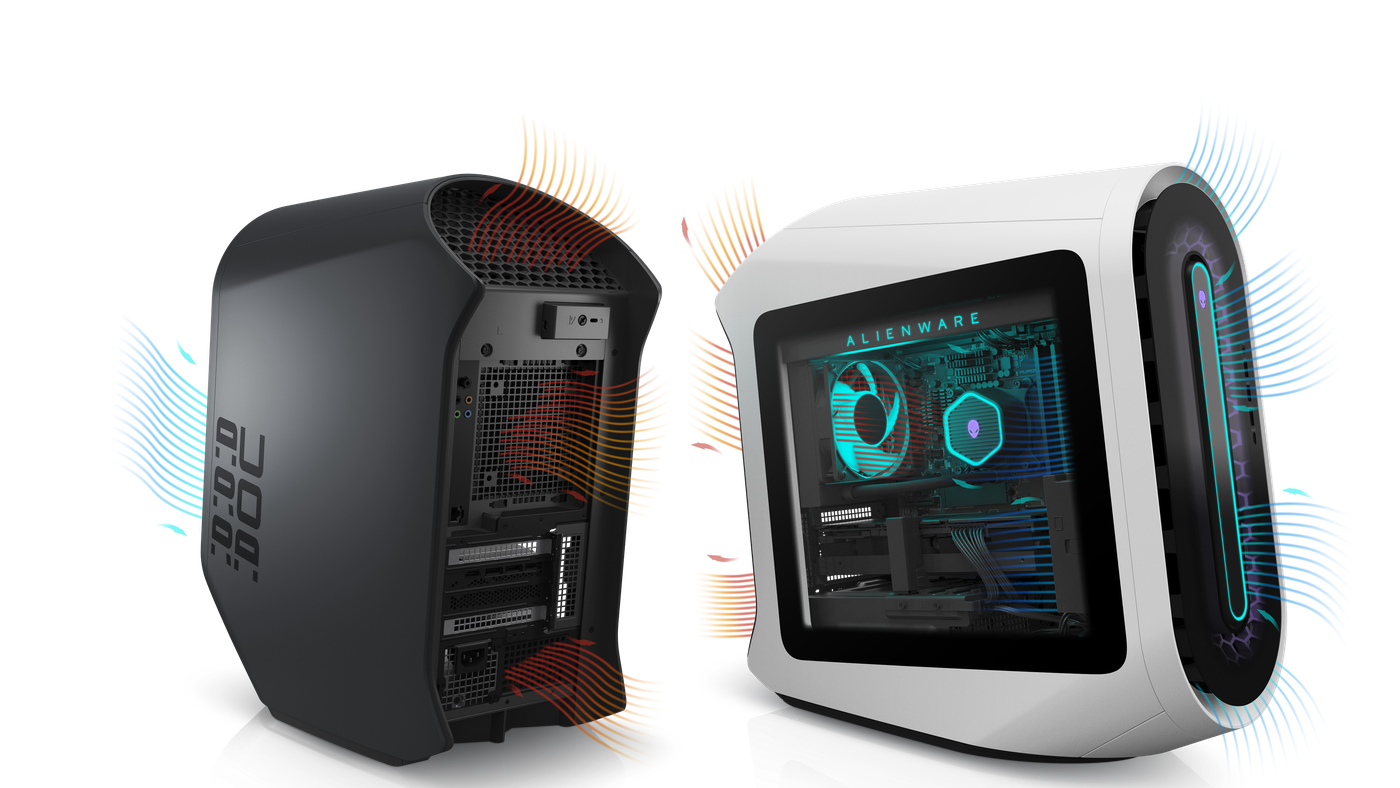The advent of optical fiber cable has revolutionized the way in which the world is connected. It has made it possible to send data virtually instantaneously across vast distances. Optical fiber cable, with its lightning speed capabilities and extremely high bandwidth, has become an essential component of today’s increasingly globalized world. This article will explore the power of optical fiber cable and how it is transforming communications and connectivity on a global scale.
Optical fiber cables are composed of extremely thin strands of glass or plastic, which are capable of carrying information via light signals. These cables are much thinner than traditional copper cables, making them more lightweight and easier to install over long distances. The combination of their small size and minimal signal loss makes them ideal for transmitting data over large geographic areas at high speeds with very low noise levels.
The advantages brought about by optical fiber cable have enabled it to become a central component in global communication infrastructure. It has facilitated faster transmission rates, higher bandwidths, improved reliability, and reduced latency for applications such as videoconferencing, streaming media services, telemedicine applications, and other Internet-based services that rely on fast connections across long distances. In short, optical fiber cables have made it possible to connect people from all corners of the world at lightning speed.
1. What Is Optical Fiber Cable?
Optical fiber cable is a type of communications technology that uses thin strands of glass or plastic to transmit light signals over long distances. These signals can be used for sending data, voice, and video information from one location to another. The use of optical fiber cable allows for data transmission at much higher speeds than traditional copper wire cables, as well as providing increased resistance to interference and signal loss.
The advantages of using optical fiber cable are primarily related to speed and capacity. By transmitting light instead of electrical signals, data can travel faster and farther with reduced latency compared to copper-based networks. Additionally, the thin diameter of the fibers makes them more flexible and easier to route through existing infrastructure, allowing for more efficient network deployments.
As the demand for advanced communication technologies continues to grow, optical fiber cable is becoming an increasingly attractive choice for businesses looking to scale their operations. With its ability to support faster speeds over longer distances, it provides a cost-effective solution for connecting different parts of the world at lightning speed. Optical fiber cable also offers greater reliability while reducing power consumption, making it an ideal fit for many applications.
2. Benefits Of Using Optical Fiber Cable
The use of optical fiber cables is becoming increasingly popular due to its numerous advantages over traditional copper cable and wireless communication. Optical fiber cables are strands of glass or plastic fibers that are used for transmitting data over long distances at the speed of light. This article will explore some of the benefits of using optical fiber cables for communication.
One significant advantage of using optical fiber cables is their higher bandwidth capacity compared to copper cables or wireless communication systems. Optical fiber cables can provide high speed internet access and large volume data transfer with minimal latency, which is important in applications such as streaming media, gaming, and video conferencing. In addition, they provide a reliable connection and excellent signal quality because they require fewer repeaters than copper cable systems.
Furthermore, optical fiber cable systems are more secure than copper cables because they are not susceptible to electromagnetic interference or crosstalk, which may lead to data breaches in other types of networks. Additionally, optical fibers are lightweight, durable and flexible, making them easy to install and maintain than other types of network infrastructure. They also require less power consumption than their copper counterparts and can help reduce operational costs for businesses by eliminating the need for expensive equipment upgrades.
Overall, optical fiber cable provides numerous advantages over traditional forms of communication due to its high bandwidth capacity, reliability, security, low power consumption and low installation costs. For these reasons it has become an attractive option for many organizations looking for a fast and reliable communications solution.
3. Challenges Faced In Utilizing Optical Fiber Cable
The utilization of optical fiber cable is a powerful tool for connecting the world at lightning speed. However, there are certain challenges that come with its use. This paper will examine those challenges and discuss their implications.
One of the major issues is cost. The installation and maintenance of optical fiber cable can be expensive, particularly for long distances due to the need to lay down special cables and additional equipment such as repeaters. Moreover, due to the cost involved with installing this type of cable, it is often not feasible in more rural or remote areas where access to these materials may not be available or affordable.
Another challenge is related to technological compatibility. Optical fiber cables are not always compatible with other types of data transmission technologies, such as copper wire. Therefore, customers may need to purchase additional equipment in order to connect different types of networks together or be able to transfer data over longer distances. Additionally, since optical fiber cables are sensitive to temperature changes and moisture levels, they often require careful handling and regular maintenance in order for them to remain functioning properly.
The utilization of optical fiber cable also requires specialized knowledge for proper installation and maintenance, making it a complicated process that requires trained professionals in order for it to be successful. This increases the cost associated with its use as well as makes it difficult for users who lack technical expertise or resources. Furthermore, due to their limited bandwidth capacity compared to other connection options like wireless networks, this can limit the amount of data that can be transferred through these cables at any given time.
In summing up, while optical fiber cable offers immense potential in terms of connectivity speed and reliability when utilized properly, there are still many challenges that must be overcome before its full potential can be unlocked on a larger scale. Despite these obstacles however, advances continue to be made which will further expand its capabilities and open up new possibilities for how people communicate around the world.
4. How Optical Fiber Cable Is Connecting The World
Optical fiber cable has become increasingly important in our modern day connected world. It is responsible for connecting us to the internet, enabling us to share ideas, knowledge, and experiences with people from all around the world. This technology has revolutionized how we communicate and interact with each other, enabling us to connect with anyone at any time, anywhere on the globe.
The development of optical fiber cable technology has allowed for a significant increase in the speed of data transmission between different nodes. For example, data can now be transmitted at the speed of light through a single optical fiber strand over long distances. The large bandwidth capacity of this technology also allows for large amounts of data to be sent simultaneously without experiencing any delays or interference.
Moreover, optical fiber cables are more reliable than other forms of communication due to their ability to withstand extreme temperatures and environments without degrading performance or reliability. This makes them ideal for use in areas where conventional copper wiring solutions are not feasible or practical due to environmental conditions. Furthermore, these cables have a longer lifespan as compared to other types of cables which makes them an attractive option for many businesses and organizations that need reliable and fast connections.
In summary, optical fiber cable is an integral part of our current telecommunications infrastructure that enables us to connect with people from all around the world at lightning-fast speeds and with reliable service. Its wide range of features makes it an ideal choice for individuals and organizations looking for efficient data transmission solutions over long distances while still maintaining high quality performance levels.
5. Future Possibilities With Optical Fiber Cable
Optical fiber cable is a revolutionary technology that has the potential to revolutionize the way we communicate. This type of cable is made from glass or plastic and transmits digital data using light. It offers advantages over traditional copper cables due to its higher bandwidth, lower attenuation and immunity to electromagnetic interference. The use of optical fiber cables is increasing rapidly, as it provides faster speeds with greater reliability.
The use of optical fiber cable has already enabled us to build a global network of communication. Its high speed capabilities have allowed us to transfer data across large geographical distances quickly and reliably. This has opened up many possibilities such as video conferencing, remote working, the internet of things (IoT) and more. Furthermore, it has made it possible for businesses to establish global operations with greater efficiency and cost effectiveness than ever before.
Looking towards the future, optical fiber cable will continue to be an integral part of our communication infrastructure. Its speed, reliability and low cost will ensure that it remains at the forefront of communication technologies for years to come. We may even see further applications such as the development of high-speed 5G networks that can transmit large amounts of data in real time without compromising on quality or reliability. With its potential for connecting people around the globe at lightning speed, optical fiber cable is sure to remain an essential part of our modern world for many years to come.
Conclusion
The implementation of optical fiber cable has enabled the world to be connected at lightning speed. It has opened up new possibilities in communications, allowing people to connect with one another faster than ever before. With its multitude of benefits, this groundbreaking technology has redefined the way we communicate and interact with each other. Furthermore, it is clear that optical fiber cable is set to become even more important in the future as advances in technology allow us to maximize its potential.
Optical fiber cable offers immense advantages over traditional methods of communication. Its incredible speed and capacity for data transmission makes it ideal for transmitting large amounts of information quickly and reliably. Additionally, its lightweight structure and immunity to electrical interference make it a highly reliable option for long-distance telecommunications applications. All these factors combine to create an incredibly powerful network which can easily be adapted to meet a wide range of needs and requirements.
The utilization of optical fiber cable has revolutionized the way we communicate with each other, providing an unprecedented level of connectivity around the world. However, despite all the advantages it offers, there are still challenges associated with its adoption such as cost and complexity of installation and maintenance. Nevertheless, these issues can be overcome with further investment in research and development, enabling us to take full advantage of this revolutionary technology in order to continue connecting the world at ever increasing speeds.




